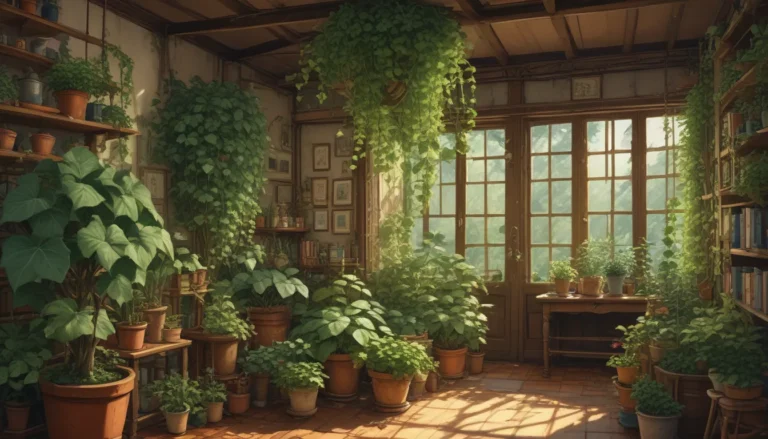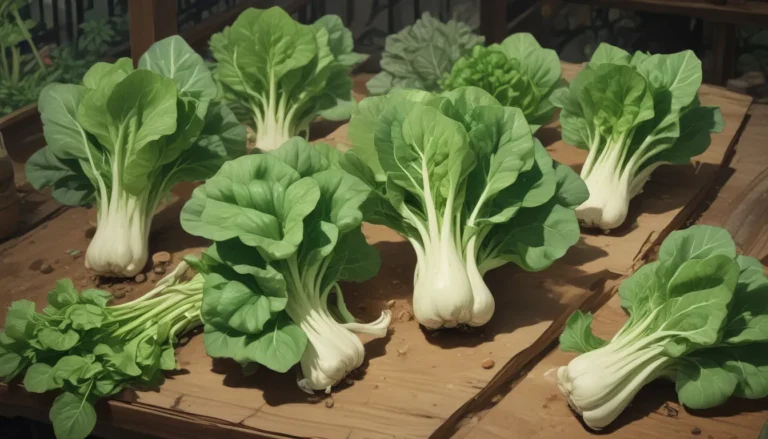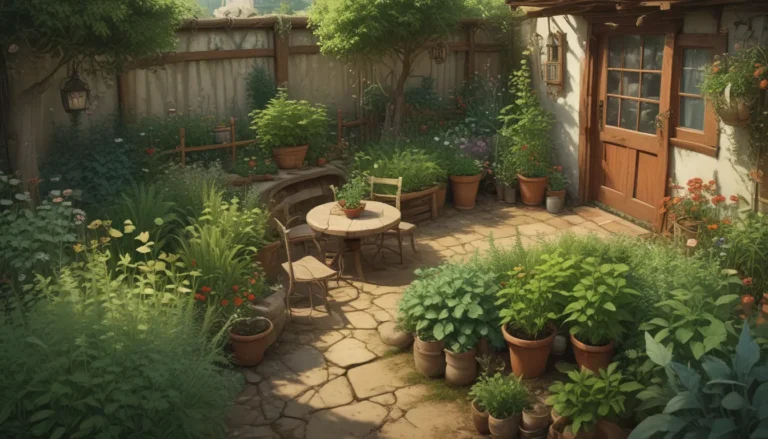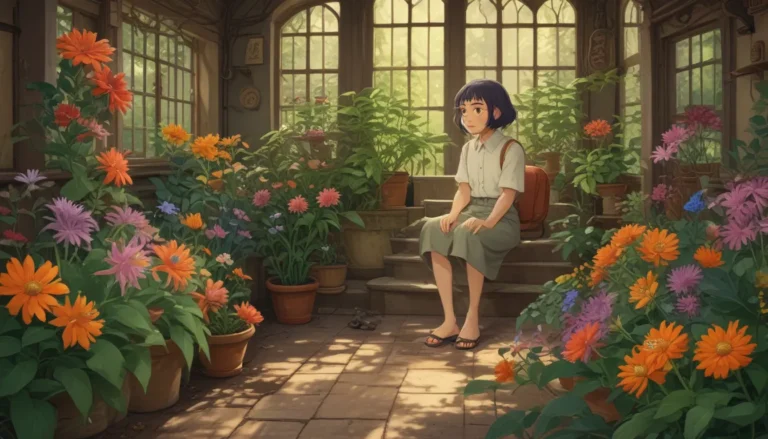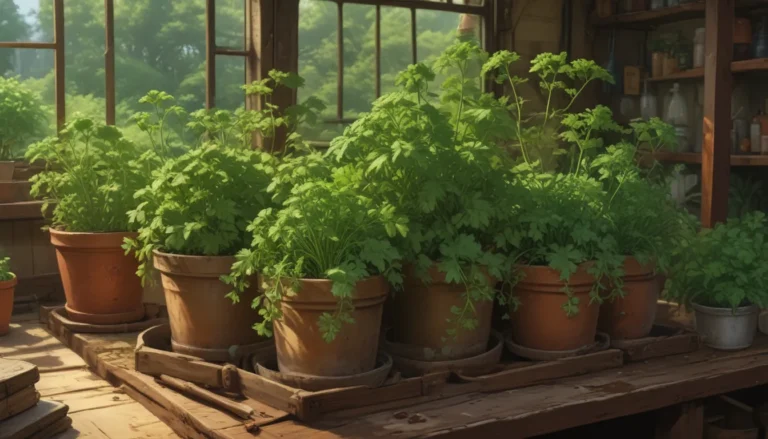A Comprehensive Guide to Growing and Caring for Jade Plants Indoors
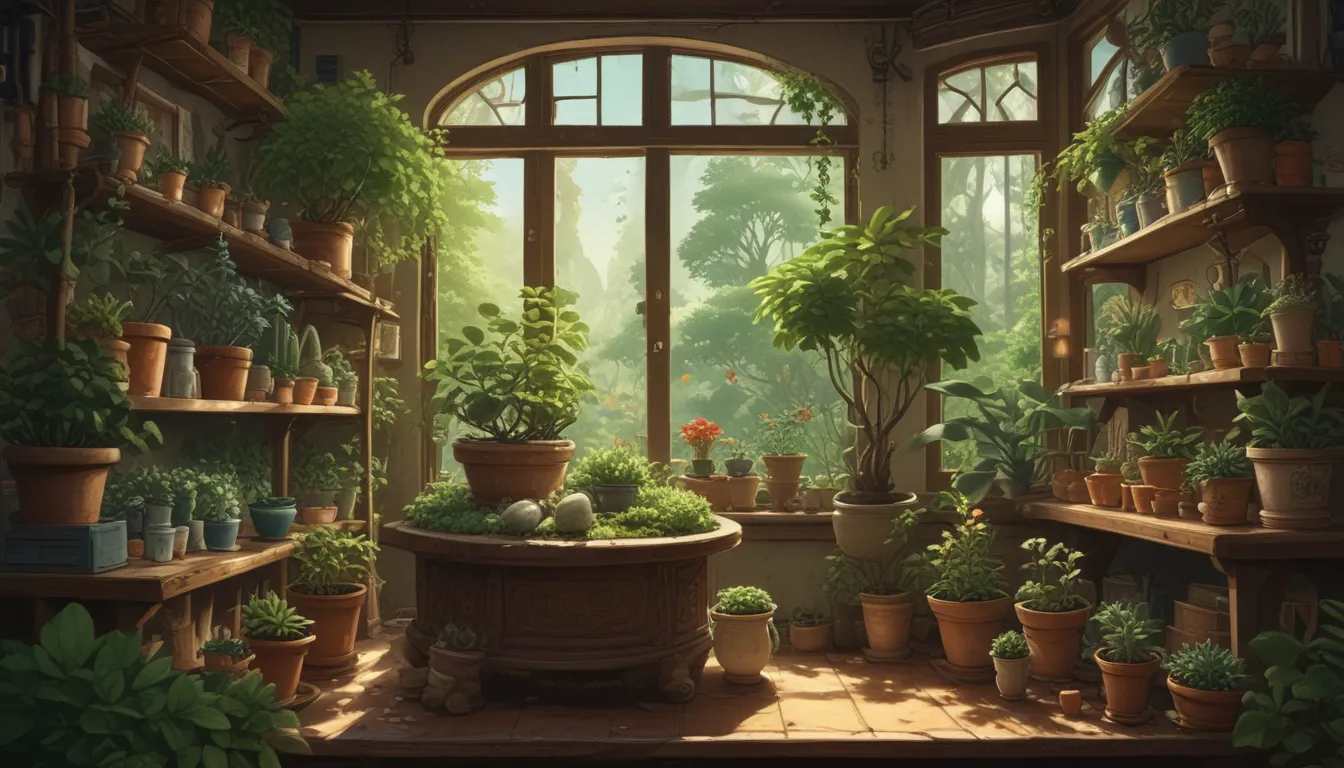
Introduction to Crassula Ovata: The Jade Plant
Are you looking for a low-maintenance houseplant that will bring a touch of greenery and joy into your home? Look no further than the Jade Plant, scientifically known as Crassula Ovata. This spirited green plant, native to South Africa, is a consistent day-brightener that can easily transform any space into a cheerful oasis.
In this detailed guide, we will explore the cultivation, history, propagation, growing tips, pruning, maintenance, pest management, and more about the Jade Plant. By the end of this article, you will have all the information you need to successfully grow and care for your Jade Plant indoors.
What You’ll Learn
- Cultivation and History
- Propagation
- How to Grow
- Growing Tips
- Pruning and Maintenance
- Where to Buy
- Managing Pests and Disease
- Best Uses
- Quick Reference Growing Guide
Cultivation and History
The Jade Plant, also known as the friendship or money plant, belongs to the large Crassula genus. This plant should not be confused with other succulents that have the word “jade” in their name. While C. Ovata shares growing requirements with some similar succulents, it has unique characteristics that make it stand out.
This plant is ideal for bonsai and develops woody stems that turn brown as it matures, giving it a tree-like appearance. With minimal care requirements such as infrequent watering and bright light, the Jade Plant is a favorite among indoor gardeners. Although it rarely blooms indoors, it offers beautiful green foliage that can be tinged with red with adequate light exposure.
Propagation
The Jade Plant is known for its easy propagation, making it a favorite among succulent enthusiasts. You can propagate new plants from cuttings or individual leaves. It is essential to follow the proper propagation techniques to ensure successful growth.
Avoid dividing plants that are entwined and growing together, as it can harm both specimens. Instead, opt for root cuttings to propagate new plants without causing damage. Regular pruning not only promotes the growth of fuller and stronger plants but also helps maintain the health and appearance of your Jade Plant.
How to Grow
Creating optimal growing conditions is key to successfully growing Jade Plants indoors. Here are some essential factors to consider:
Temperature
Jade Plants thrive in temperatures between 55 to 75°F indoors. For outdoor cultivation, they can only be grown in Zones 11 and 12. If you live in a different zone, consider growing them in containers that can be moved indoors when temperatures drop below 50°F.
Containers
Select containers with drainage holes to prevent waterlogging, as Jade Plants require well-draining soil. Avoid using pots with peat-containing soil mixes, as they retain too much moisture. Opt for cacti and succulent potting blends to provide optimal growing conditions for your Jade Plant.
Soil
Jade Plants thrive in well-draining soil mixes that prevent waterlogging. Avoid using peat-containing soils, as they can retain excess moisture. Choose sandy loam or specialty cacti and succulent blends for optimal growth.
Light
Provide your Jade Plant with four to six hours of direct sunlight or bright, indirect light daily. Insufficient light can lead to weak and leggy growth, affecting the plant’s overall health and appearance.
Watering
Jade Plants have low water requirements but need thorough watering when necessary. Ensure the soil is dry several inches deep before watering, and allow excess water to drain out of the pot. Avoid watering the foliage directly to prevent issues like root rot.
Growing Tips
- Use cacti and succulent potting mixes for optimal growth.
- Allow the soil to dry out before watering to prevent root rot.
- Transition outdoor pots indoors when temperatures drop below 50°F.
Pruning and Maintenance
Jade Plants require minimal pruning and maintenance once established. Trimming the top few inches of stems can help the plant stay compact and promote fuller growth. Repotting every four to five years is recommended, only if the plant is root-bound and during the spring or summer months.
Ensure the new pot is slightly larger than the root zone to prevent issues with over-potting. Avoid repotting during the first growing season to allow the roots to become established.
Where to Buy
Jade Plants are widely available and are usually sold under the common name “jade” or the species name. While named cultivars are less common, they offer unique characteristics that can enhance your indoor garden. Online retailers like Florida House Plants LLC and Exotic Houseplants offer a variety of Jade Plants for purchase.
Managing Pests and Diseases
Although Jade Plants are low-maintenance, they are susceptible to pests like mealybugs, scale, and spider mites. Regular monitoring and preventive measures can help keep these pests at bay. Additionally, be vigilant about root rot from overwatering and powdery mildew from high humidity levels, as these can affect the health of your plant.
Best Uses
Jade Plants are an excellent choice for sunny windowsills and low-humidity environments. They make attractive focal points in dish gardens and can be used to add height to mixed plant arrangements. Dwarf varieties of Jade Plants are popular choices for bonsai enthusiasts, offering a unique aesthetic with their mature brown stems.
Quick Reference Growing Guide
- Plant Type: Succulent
- Flower/Foliage Color: Pink, white/green, or green with red edges
- Native to: South Africa
- Maintenance: Low
- Hardiness (USDA Zone): 11-12
- Tolerance: Drought, poor soil, light shade
- Bloom Time: Late fall
- Soil Type: Sandy loam; succulent growing mix
- Exposure: Full sun, partial shade (outdoors); bright, indirect light (indoors)
- Soil pH: 6.5-7.5
- Time to Maturity: Up to 5 years
- Soil Drainage: Well-draining
- Planting Depth: Surface of soil (transplants or plantlets)
- Uses: Beds, borders, containers, houseplants, rock gardens, xeriscaping
- Height: 3-6 feet (outdoors), 18-30 inches (indoors)
- Spread: Up to 30 inches
- Water Needs: Low
- Common Pests and Diseases: Mealybugs, scale, spider mites; Root rot, powdery mildew
Conclusion
The Jade Plant is a delightful addition to any indoor garden, offering vibrant green foliage and minimal care requirements. By following the guidelines outlined in this comprehensive guide, you can ensure the successful growth and long-term health of your Jade Plant. Remember to provide adequate light, water, and well-draining soil to help your plant thrive.
If you have any questions or tips to share about growing and caring for Jade Plants, feel free to leave a comment below. Additionally, explore other succulent varieties like the Panda Plant or Variegated Tiger Aloe to expand your indoor garden collection.
By incorporating these tips and practices, you can create a flourishing indoor garden filled with diverse and vibrant succulents. Happy gardening!
